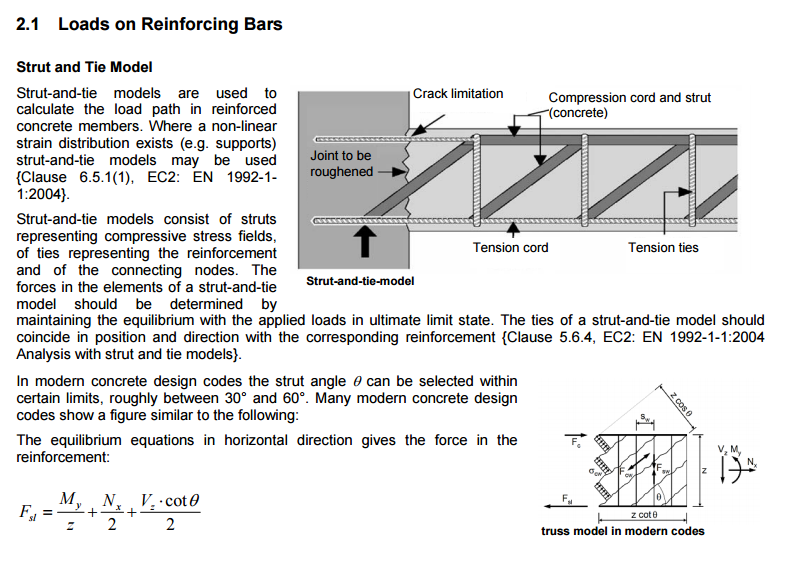Hey guys, I’d like to hear about your approach to transfer shear loads through dowel connections in concrete. In this scenario, imagine a new concrete beam being poured between two existing concrete columns. The ends of the beam are being epoxy doweled into the existing concrete column.
This is my approach, which leaves some questions up in the air for me. I’ve left the equations out of the steps listed below. These are basically the (3) steps provided by ACI for calculation transfer of horizontal forces (ie shear forces). Steps “b” and “c” essentially go hand in hand since they are used to determine development/bond.
The steps are:
a. Determine minimum shear friction reinforcing requirement. This calculation from ACI assumes the slipping faces of the concrete will place the anchor dowels into tension due to the faces separating from each other (Clamping force).
b. Check tensile development length of the dowel placed inside the new beam.
c. Check the embedment & bond strength through appropriate strength design method provided by epoxy manufacturer. Based on step “a” from above, only the tension needs to be considered. I believe there should be a shear check as well.
d. Check the maximum shear transfer permitted by code based on concrete contact (friction area).
Some questions I’m asking myself:
1. Why does ACI not have a check for the shear transfer through the dowel? Would these dowels not experience some form of shear or combined tension and shear? I understand the faces will slip past each other, so shear stress would be present.
2. Same for the epoxy side. I see shear being present.
3. If you combine the two (tension and shear), what interaction do you use?
4. Does ACI address the edge distance of these load transfer dowels to avoid breakout at the top of the beam (edge with the least amount of concrete cover)?
This is my approach, which leaves some questions up in the air for me. I’ve left the equations out of the steps listed below. These are basically the (3) steps provided by ACI for calculation transfer of horizontal forces (ie shear forces). Steps “b” and “c” essentially go hand in hand since they are used to determine development/bond.
The steps are:
a. Determine minimum shear friction reinforcing requirement. This calculation from ACI assumes the slipping faces of the concrete will place the anchor dowels into tension due to the faces separating from each other (Clamping force).
b. Check tensile development length of the dowel placed inside the new beam.
c. Check the embedment & bond strength through appropriate strength design method provided by epoxy manufacturer. Based on step “a” from above, only the tension needs to be considered. I believe there should be a shear check as well.
d. Check the maximum shear transfer permitted by code based on concrete contact (friction area).
Some questions I’m asking myself:
1. Why does ACI not have a check for the shear transfer through the dowel? Would these dowels not experience some form of shear or combined tension and shear? I understand the faces will slip past each other, so shear stress would be present.
2. Same for the epoxy side. I see shear being present.
3. If you combine the two (tension and shear), what interaction do you use?
4. Does ACI address the edge distance of these load transfer dowels to avoid breakout at the top of the beam (edge with the least amount of concrete cover)?

